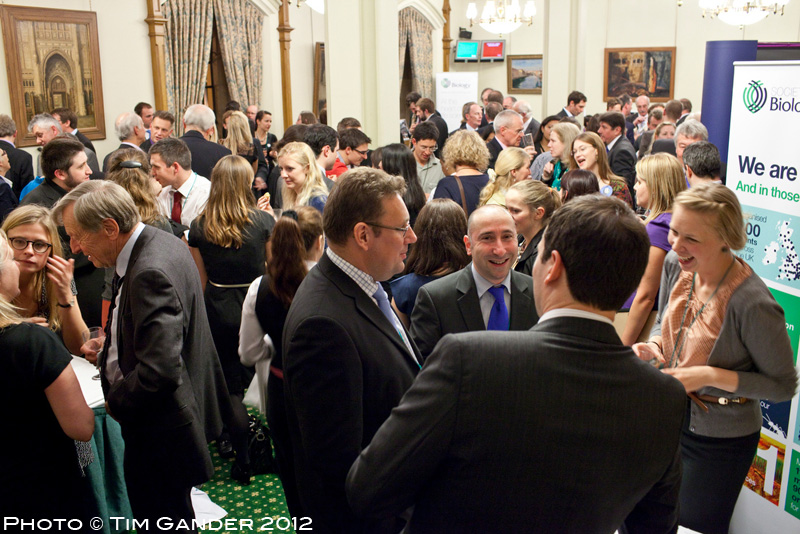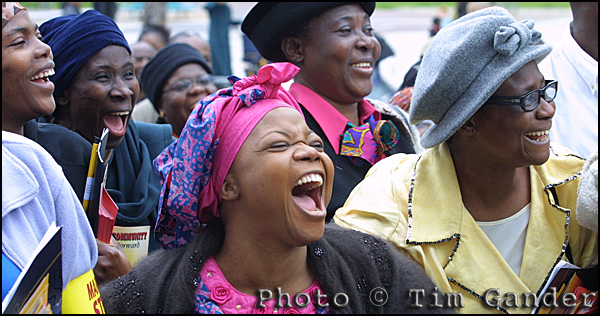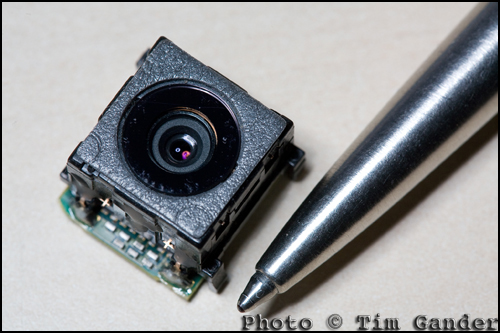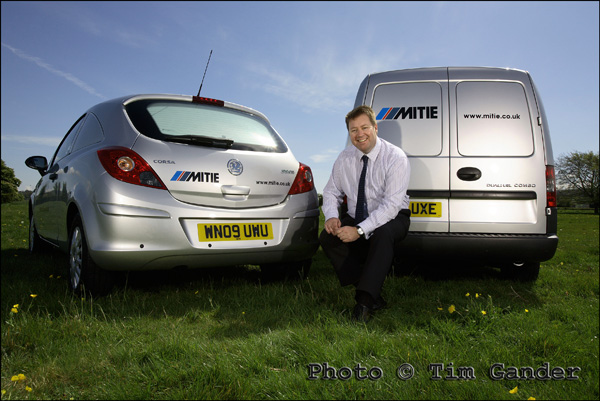Photography on the internet is so pervasive that we take it for granted. But it’s worth remembering, it wasn’t always thus, and need not necessarily ever have been so at all had it not been for parallel developments. A potted history:
In the very early days of the web, most of what you saw was text-based. Then came porn. Then came interactive Web 2.0 when you could upload your own content, and BAM! Photos absolutely everywhere. More porn than you could shake a pink stick at. More photos of kittens, sunsets and dandelions than you can find grains of sand on the beach. In fact, for every star in the Milky Way, scientists believe there are at least 16 photos of orange-faced, bleach-toothed, American executives sitting in the Getty/iStockphoto archives right now, and this figure is set to double by 2020. OK, I made that up, but believe me there are a lot of photos on the web now. A lot of them of men in suits standing randomly in a field.
But for there to be photos on the web, there had to be some way of capturing photographic images digitally, and here’s quite a coincidence.
Around 20-odd years ago, someone built a machine which allowed press photographers to turn their processed film negatives into a digitised version which could then be transmitted over phone lines from anywhere with electricity and a phone connection. The (extremely expensive) machines were built into a sort of suitcase, weighed a ton and the whole process from scanning to delivering a single digital file took about an hour, not including the processing of the film. You needed a jamboy to keep insects out of the workings.
Then came portable film scanners and Apple Macs, which replaced the old suitcases. Then came Kodak with the first digital film backs for press cameras and the ball really got rolling. By now (circa mid-1990s) you started to see photographers shooting photos on fully-integrated digital cameras and transmitting photos from their laptops, via mobile phones back to the picture desk.
For consumers, compact cameras started to hit the market, with giddying resolutions of 800,000 pixels, and costing upwards of £450, but the die was cast. Canon developed their own digital SLRs, hotly pursued by Nikon, pixel wars followed and here we are today. Film is almost extinct, but digital cameras have coincided perfectly with the advances of web technology.
The two were made for each other. People love taking pictures, and they love boring their friends and complete strangers with them, so the internet is the perfect way to self-publish. Everyone wants to be a photographer now, many people think they are and supply their photos of autumn leaves and rainbows to the likes of Getty for a fat 8p fee for each photo sold, or they share them for free on sites like flickr, where unscrupulous web designers and bloggers can trawl for photos in the hope they won’t get caught when they nick them for websites.
And this is where the marriage between the internet and photography is getting shaky. You see professional photographers and the likes of Getty have always known the value of copyright, whereas most people have ventured, utterly un-prepared, into the arena of taking and publishing photos with precious little inkling of the meaning of copyright.
Any idiot can give a photo away for free, but getting paid a respectable fee for supplying a photo, well that’s a black art. An art which Getty et al wished professional photographers didn’t know so much about, and are thankful most amateurs don’t understand. Because if Getty, Google, Corbis, Facebook, flickr (whoever, you get the gist) could make money out of all the “free” photos on the web, they’d be laughing all the way to the Canary Islands for a very comfy retirement.
Unfortunately for internet entrepreneurs, not only do professional photographers understand the value of copyright, but the general public are starting to twig too and are asking questions like “why did I wear my camera out taking 40,000 photos of butterflies, and all you pay me is some copper pennies and a half-eaten Werther’s Original?”
This marriage is starting to strain, and there could be some shouting, door slamming and plate smashing to come as the UK and US governments come under pressure to re-jig copyright laws so that web entrepreneurs (sometimes flatteringly referred to as freetards) can start exploiting everyone’s photos without all the bother of having to ask permission, let alone pay for what they want.
The next year or so will be critical to this fledgling marriage between the web and digital technology. The offspring of this unsteady alliance might turn out to be the bastard son of a badly re-drawn piece of legislation, and all the fun of the web will be replaced by sad bickering, litigation and exploitation. Suddenly I’m craving a roll of film.
This article was originally published as a guest blog on the ECRM website.






















